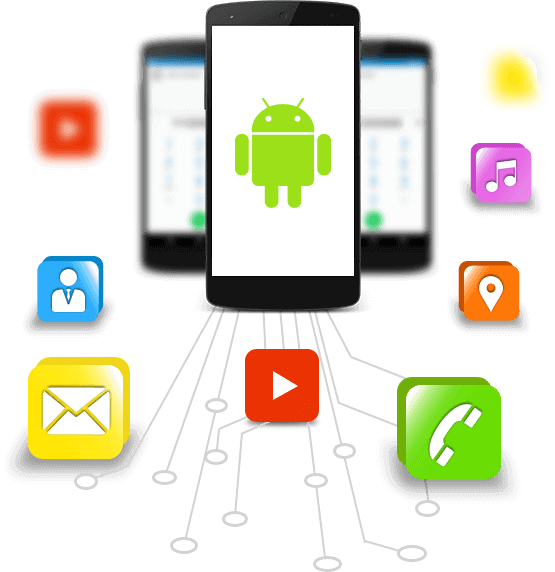Android App Development
Android app development is the process of creating software applications that run on the Android platform. It is a crucial aspect of mobile app development, as Android is the most widely used operating system globally. In this article, we'll delve into the world of Android app development, exploring its basics and more advanced aspects.
Getting Started with Android App Development
To get started with Android app development, the first step is to install Android Studio, the official integrated development environment (IDE) for Android app development. Android Studio is a powerful tool that provides developers with everything they need to build, test, and deploy their Android apps.
Once you have installed Android Studio, you can start creating your first Android app by following these steps:

Open Android Studio and create a new project.
Choose the type of project you want to build, such as a basic app, a game, or an open-source app.
Define the name and package name for your app.
Choose the minimum API level for your app.
Select the activity type you want to create, such as a basic activity or an empty activity.
Design the user interface (UI) of your app using XML code or the drag-and-drop interface of the Android Studio designer.
Write the Java code to implement the functionality of your app.
Test your app on an emulator or a real Android device.
Deploy your app to the Google Play Store or another app store.
Key Components of Android App Development
There are several key components to Android app development, including:
Activities: An activity is the visual representation of an Android app. It represents a single screen with a user interface, and is responsible for displaying data and handling user interactions.
Services: A service is a component that runs in the background, performing tasks without a user interface. Services are useful for running long-running tasks, such as playing music or downloading data, in the background.
Broadcast receivers: Broadcast receivers are components that receive and react to broadcast messages from other apps or from the Android system. Broadcast receivers are useful for receiving notifications of events, such as incoming phone calls or changes in network connectivity.
Content providers: A content provider is a component that provides access to data stored on the device, such as contacts, photos, or music. Content providers are useful for sharing data between apps.
Intents: Intents are messages that are sent between components in Android, such as activities, services, and broadcast receivers. Intents are used to start activities, to start services, or to broadcast messages.
Advanced Android App Development -
In addition to these basic components, there are many advanced aspects of Android app development, including:
Custom Views: Custom views are custom-made views that you can create to display data or handle user interactions in your app. You can create custom views to display data in a unique way or to handle user interactions in a specific way.
Animations: Animations add visual interest to your app and can help improve the user experience. You can create animations using the Android animation framework, which provides a range of built-in animations or you can create your own animations.
Material Design: Material Design is a visual language that was introduced by Google to provide a consistent design language for all of its products, including Android. Material Design provides guidelines for creating beautiful and functional apps that are easy to use.
Location-based Services: Location-based services allow you to provide users with location-aware features, such as maps, directions, and recommendations based on their